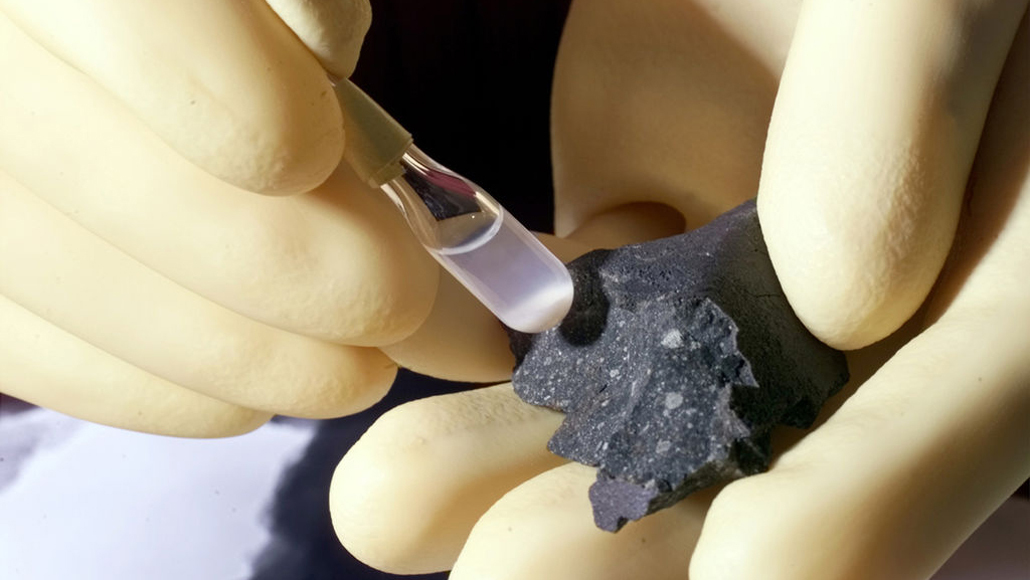50 years ago, scientists caught their first glimpse of amino acids from outer space
Excerpt from the December 5, 1970 issue of Science News

Fifty years ago, scientists discovered protein building blocks called amino acids in the Murchison meteorite (a fragment is shown, right; isolated particles, left), which landed in Australia in 1969.
Argonne National Laboratory








